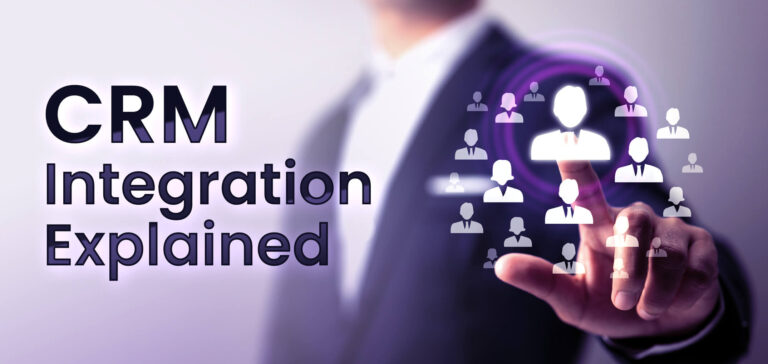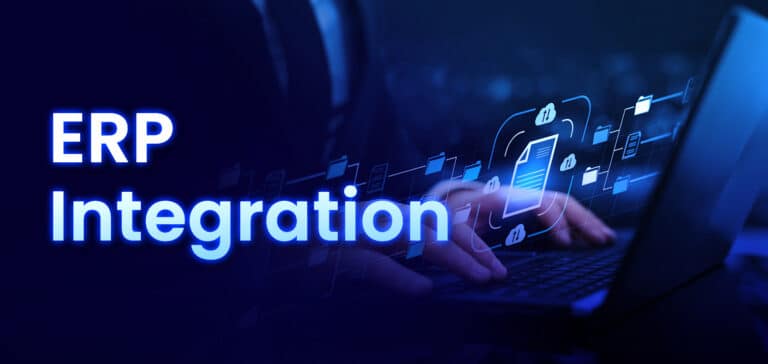We were recently asked if Jitterbit Cloud Edition was a SaaS or Cloud integration solution. The answer: Yes.
The difference between SaaS and Cloud can be unclear. Using these terms in reference to integration adds another layer of confusion. Does “Cloud/SaaS integration” mean you integrate cloud/saas systems, that the solution lives in the cloud, or both?
Cloud vs. SaaS
Most literal interpretations of “cloud” refer to it as computing delivered as a utility. Examples here include Amazon EC2 and other services outside your firewall that allow you to run your various systems, applications, and databases in a virtualized environment. Cloud computing is designed to give organizations a powerful, managed environment that has maximized resource utilization.
In contrast, SaaS delivers applications (CRM, ERP, Email, etc.) as a service or utility. SaaS applications are multi-tenant solutions that can be hosted in a number of environments such as the vendor’s datacenter, a third party host, or a cloud computing provider such as Amazon EC2.
Since SaaS applications live outside the firewall and most take advantage of cloud infrastructures, it’s fair to say that they exist “in the cloud”. But this has also made “cloud” the catch-all for any technology outside of your in-house infrastructure: computing power, storage, platforms, and applications. In other words, while the technical definition of cloud refers to computing as a utility, marketing and PR has made “cloud” an all-encompassing umbrella term.
Salesforce is a SaaS application. However, it’s also understood that you run your CRM in the cloud. It’s a lot like LSAT logical reasoning questions. SaaS is always cloud (by today’s broader definition of cloud), but cloud is not always SaaS.
Cloud Integration vs. SaaS Integration
Jitterbit Cloud Edition is named so because it’s offered via Amazon EC2’s elastic cloud compute. For the end user this means no hassle computing power. Need more threads to run Jitterbit for high volume data integration? With a click of the mouse, you’ve got it. Jitterbit Cloud Edition is not SaaS. Every instance is its own, and you don’t share the Jitterbit application or server with hundreds of others. (The debate over whether multi-tenancy is good for an integration solution is fodder for another blog post.)
Integrating SaaS vs. Integrating Cloud
To us, it doesn’t matter. Jitterbit connects data, and we don’t care where it comes from. Whether you’re trying to connect to an on-premise database, Amazon S3 cloud storage, salesforce.com, or cousin Jimmy’s FTP server, it’s all data to us.
It’s important to note that not all integration vendors approach connectivity in a loosely-coupled “agnostic” way like we do. In these cases, connecting SaaS and Cloud do mean very different things. Don’t assume that because they connect to one SaaS application that they can connect to another SaaS app or Cloud environment. Always do you homework!
Still have questions about cloud integration? Let us know.






